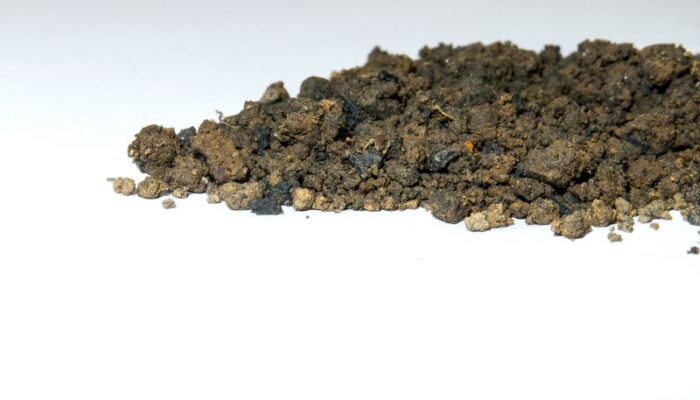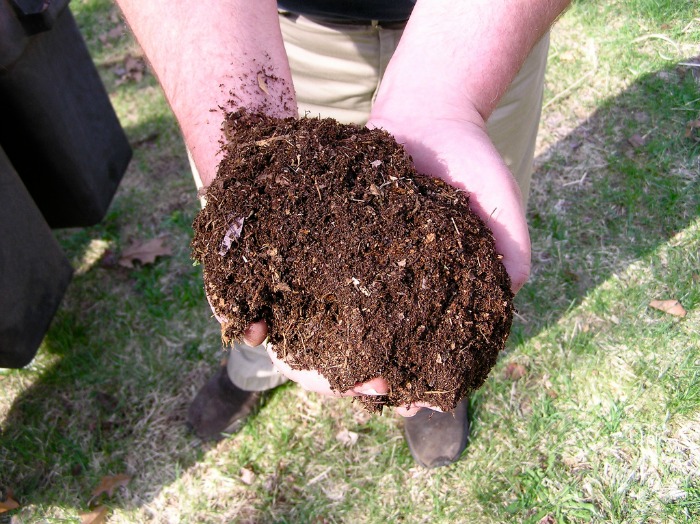
Caroline Spann
University of Natural Resources and Life Sciences, Vienna
As of increasing demands for 4F (food, feed, fiber and fuel production) from agricultural sites there are many researches being done on soil amendments to increase yields, to remediate degraded or even contaminated soils to make them more profitable again. Tuesday morning a session was dedicated to “new and traditional soil amendments” which mainly focused on research on biochar application. This post is supposed to give you a slight insight on some of the studies presented.
A study in France (Berthod et al. 2016) focused on the question if it is efficient to co-compost and co-vermicompost green waste with biochar with possible addition of clay and possible presence of worms to reduce CO2 emissions. Compared to the control (composts without worms) all additives resulted in a decrease of carbon emissions compared. Addition of clay up to a certain amount seemed to reduce CO2 emissions even more. Presence of worms on the other hand increased the mineralization rate in soils treated with biochar.
Research in the UK by Reed et al. (2016) worked on the comparison of biochar and woodash. Focus of interest lay on the agronomic benefits of these amendments for example being sources for nutrients or their role as soil conditioners leading to higher yields. While biochar affected several soil properties as moisture, pH, soil organic matter and soil organic carbon content, wood ash only significantly affected soil pH. pH of both treatments was increased. However treatments showed no significant effects on the growth performance or nutrient uptake of the grass.
In Austria, two types of soil (clayey and sandy), which would be considered as degraded for production of food and feed, were amended with biochar and compost to improve their conditions for crop production (Friesl-Hanl et al. 2016). The two tested soils responded differently concerning their productivity, Miscanthus grown on sandy soils did not react to the treatments in the first year, but positively in the year after. To make conclusions about Miscanthus it will need at least one other growing season.
The title of the session might have left one expecting research on a bit more diverse soil amendments. As the focus was clearly on biochar, this could have been made more precise in the title of the session. Nevertheless presented studies focused on the diverse characteristics and abilities biochar can possibly have on soils and their functions. For further informations about the session’s content and presented research topics please visit it here.



